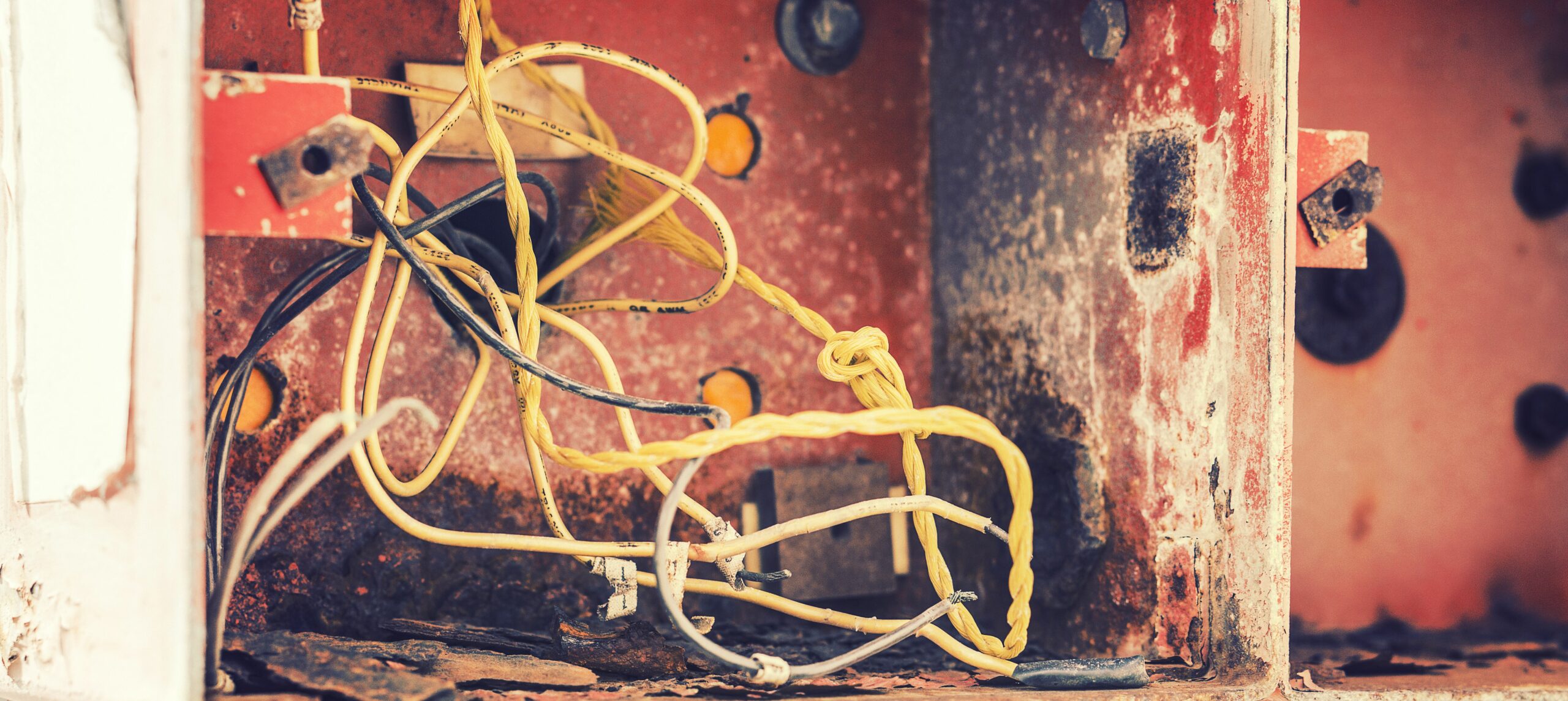Harimino Rakotondrainibe is a telecommunications engineer from Madagascar, a Board member of the Internet Society Madagascar Chapter, and an Internet Society Youth Ambassador to the Internet Governance Forum 2021, which is taking place on 6-10 December 2021. Here she talks about navigating the ‘obstacle course’ that is connecting to the Internet in her country.
How can a country with high Internet speeds and comparatively low prices be impacted by the digital divide?
I come from Madagascar, an island near Africa known for its beautiful landscapes. It also has one of the fastest broadband Internet speeds in Africa, at an average of 38.08 Mbps, at one of the lowest costs, an average price of US$2.60 for mobile data at a local level. Cool, right?
Unfortunately, US$2.60 is not affordable. For many, this is the price of several days’ food supply or one week’s transportation. Five years ago, when I was a university student, 1GB cost around US$7 and my weekly budget was around $10. Since I needed Internet access, I had to eat less in order to afford it. The alternative was lugging my laptop—which only ran for 45 minutes on a battery—to the nearest free access point to connect. Because there were so many people connecting to these access points during the daytime, the Internet speed was very slow, meaning I had to do it outside and at night.
Even when I could scrounge up the cash for 1GB, it didn’t last long. From a local perspective, where the average minimum wage in Madagascar is $50 per month and a student who just graduated might earn as much as $200, US$2.60 for mobile data is not affordable. Even the price of devices is out of reach for many. The average price per month for broadband is $65 without the cost of installation, making it out of reach for the average person.
Lack of digital literacy in Madagascar is also an issue. There are some people who can afford to pay US$5 or more to connect. Unfortunately, those people are not always aware of what the Internet is. For many, the Internet is Facebook. (Yes, Facebook, and not even the range of other social media that exist.) There is a huge gap in skills and understanding for much of the population.
But even when you have both the money and skills to use the Internet fully, connectivity can still be a problem. For example, where I live, everyone knows you can’t have a Zoom call between 6pm and 10pm. Because the connectivity is so bad, video and audio are impossible. It’s so bad, you often can’t even open a webpage in those peak hours. When Mark Zuckerberg recently announced the creation of Meta, I decided to write a LinkedIn post about it. But my connectivity was so bad that the post never saw the light of day.
Being connected in Madagascar is a real obstacle course. This is surely the reason why our Internet penetration rate remains one of the lowest in the world, at only 15%.
After working in the Internet ecosystem here in Madagascar (for an Internet service provider, a national research and education network, and an Internet exchange point), I believe there are many opportunities to reduce the country’s digital divide.
Yes, there is hope when I look at what many civil society and technical organizations are doing with capacity building to level up the skills of many young people. I can also see people raising awareness through advocacy to reduce the cost of the Internet, especially through organizations such as the Internet Society and my local chapter, which has held many events since 2018.
We need the involvement and openness of government and the private sector to reduce the digital divide in Madagascar. Our future depends on them.
